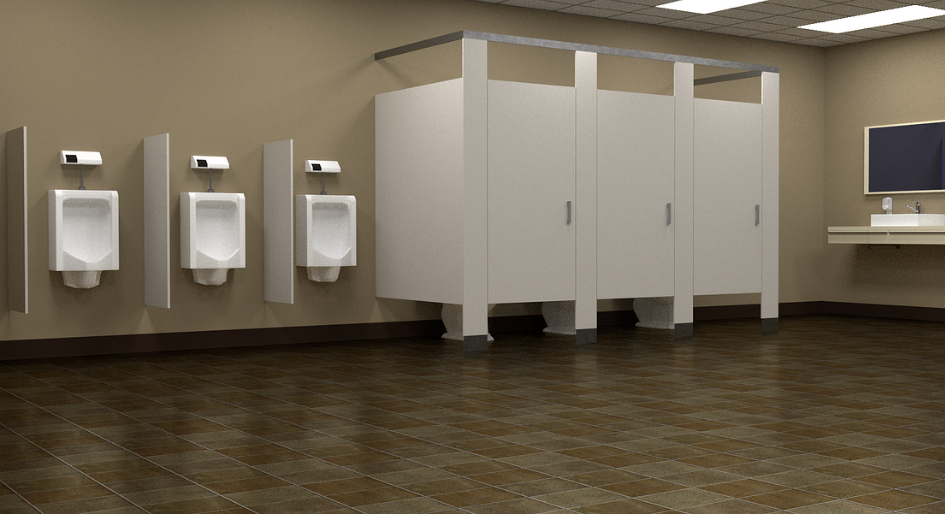A recent study published in the American Journal of Infection Control (AJIC), revealed that hand-drying facilities in public washrooms can act as reservoirs of drug-resistant bacteria.
The study found that washrooms provide an ideal setting for the survival of microorganisms, given their “warm and humid environment” – many pathogens, including Shigella spp., Escherichia coli, Pseudomonas aeruginosa, Acinetobacter baumanii, Staphylococcus aureus and norovirus can survive on environmental surfaces for weeks or months.
The study was performed between April and August 2017 to examine overall cleanliness and bacterial contamination levels of 55 public washrooms in Hong Kong.
Fifty-two bacterial species were identified from the 55 investigated washrooms. A considerable number of bacteria were present on the paper towel dispensers, hand dryers and door handles tested.
The observational study’s authors raised concerns about the planning and design and emphasised the importance of frequent cleaning and maintenance of public washrooms to promote safe hand hygiene practices for the public because of potential sites for transmitting disease-causing bacteria.
Over 85 per cent of the washrooms provided no handwashing signage/reminders for hand washing.
Furthermore, rubbish bins in the washrooms investigated were frequently uncovered and garbage was exposed to the washroom environment. Almost 20 per cent of such bins were positioned immediately underneath warm air hand dryers and therefore at risk of dispersal of rubbish during operation of hand dryers.
Visit aricjournal.biomedcentral.com/articles/10.1186/s13756-019-0500-z for the full results of the study.









